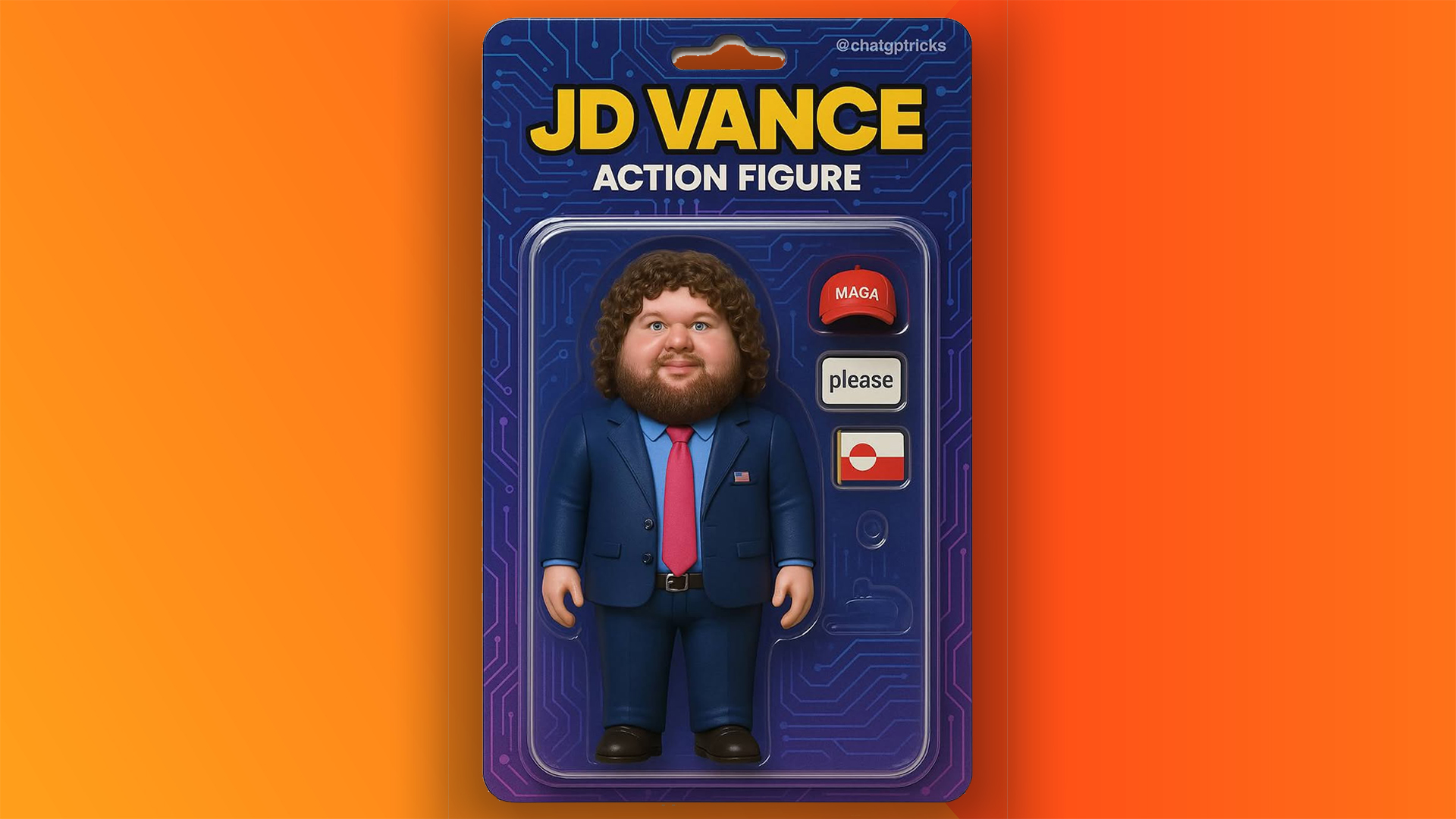How much does it cost to build a web page?
A step-by-step guide to how much it costs to build a web page for a portfolio or creative business.
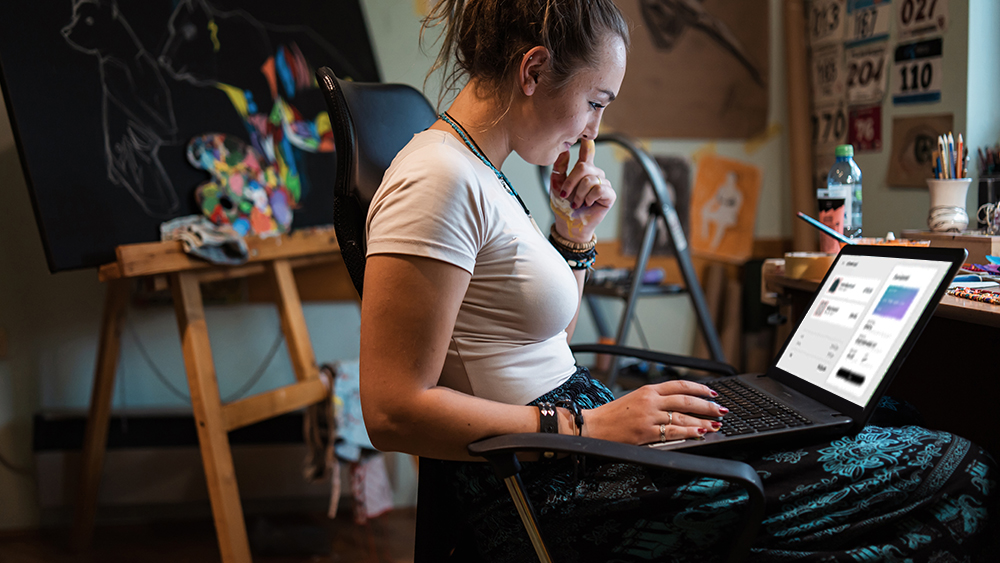
Almost every business needs a website, but how much does it cost to build a web page and get it online? There's an old saying that says you have to spend money to make money. For the most part, building a website is no exception, although you could use one of the best free blog websites to get started if you're on a very tight budget.
In most cases, creating and maintaining a professional-looking website online will involve an ongoing cost, whether you want a home or your new crafts business or an online portfolio for your design work. But how much? We've tested and reviewed the best website builders for small businesses and compared their price plans, so we're in a good position to provide some numbers.
In this article, we’re going to take a look at what you should expect to pay to build a website. We’ve split it into sections to make it easy to navigate, from designing the site to registering your own domain (the address of your website) and paying for hosting. All prices are correct at the time of writing, but things can and do change – so keep an eye out for offers and deals.
How much does it cost to build a web page?
Can I build a website for free?
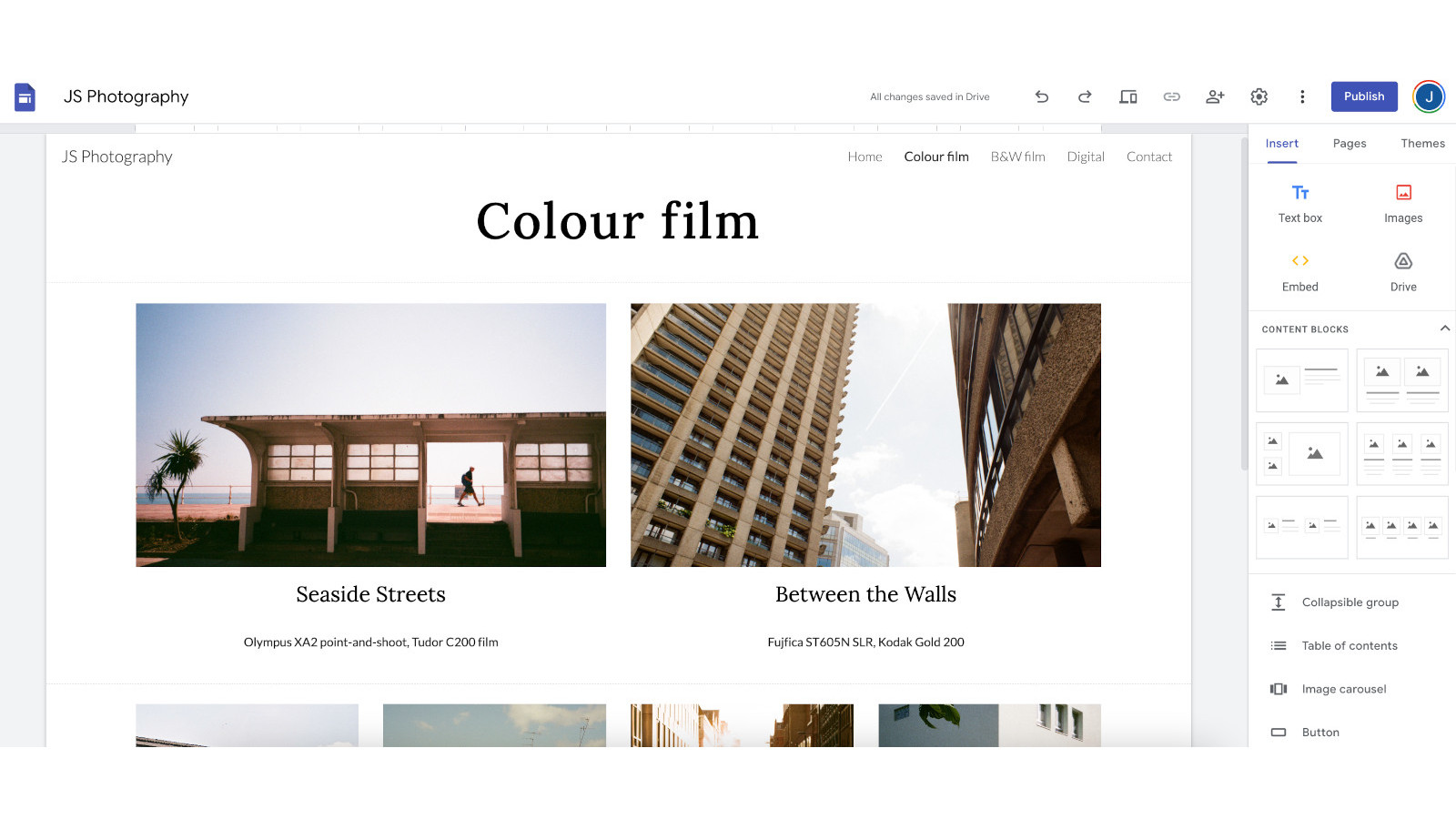
First up, you may be wondering whether it’s possible to get a website online without opening your wallet at all. The short answer is yes; it is possible. While you won’t get the same level of functionality and customisability you’d get with a paid-for tool – and you also won’t have a unique domain name, but you can build a website for free and get it online for free, and it's certainly an option for people who are starting out and don't want to commit to a monthly fee.
Many of the best website builders like Wix offer free plans. These come with limits to storage and bandwidth, so the site will be limited in size and you won’t be able to have too many visitors). There are also open-source content management systems like WordPress, which have a steeper learning curve, and you'll still need to pay for hosting.
Meanwhile, there are free website builders like Site123, which make their money by running ads on your site. And if you have a Google account, you can use Google Sites to make a website for free. It's fairly simple to use, but there are limits on storage and you'll still need to buy a domain name if you want a professional-looking URL. See our our guide to how to make a website on Google for a quick tutorial or see our guide to how to make an artist website to learn what to include in your site.
How much do website builders cost?
Of, so if you want more functionality, storage and bandwidth than can be offered by free website tools, but you don't want to learn how to code or how to use WordPress, how much does it cost to build a web page with a website builder?
Web builders like Squarespace and Wix offer the quickest and easiest way to build a web page and get it online, but there are a few things to remember. An important thing to understand is that they aren't a ‘one and done’ situation. You pay an ongoing subscription, and you'll need to keep paying the fees for as long as you want your website to be active.
That said, the fees are relatively low, particularly if you're site is small enough to use shared hosing. Let’s take a look at some of the website builders we’ve reviewed to get an idea of the costs. We’ve looked at prices in the US and UK, and while they vary across other territories, they’re unlikely to stray wildly from these starting points. We’ve used the cheapest options when looking for prices, so in some cases these are the prices you’ll get if you commit to paying annually rather than monthly.
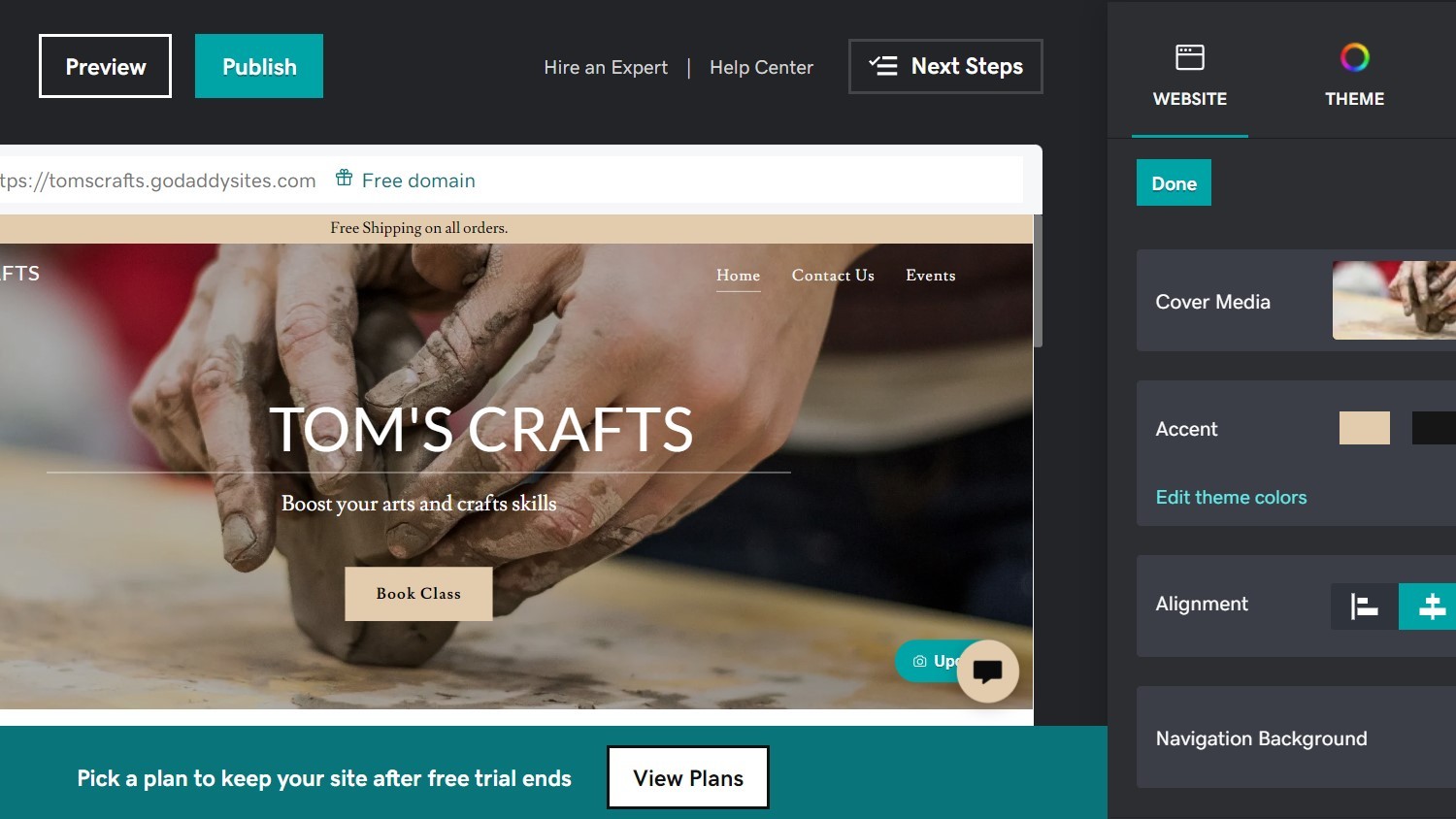
One of the cheaper services we’ve looked at is GoDaddy, which offers subscription plans for $10.99-16.99/£6.99-12.99 per month. Moving up the scale a little, we find Wix at around $17-36/£9-25 per month, then Squarespace at about $16-49/£12-35 a month. Finally, if we want more advanced ecommerce features, we can opt for Shopify, which starts at $29/£19 per month.
If we wanted a website on any of these services for a year, using GoDaddy would cost us a minimum of $132/£84; picking Wix would cost $204/£108; Squarespace would run us up $192/£144, and Shopify would run to $348/£228. There’s a decent amount of variance there, but we can say as a rough guide that you’re probably going to spend a minimum of $100, and unless you need advanced features, you shouldn’t need to go over a maximum of $350.
Remember that prices do change, and you also may be able to snag yourself a deal by taking advantage of introductory offers, Black Friday savings or similar limited-time opportunities. Many web builders and hosting providers run big discounts for the first year, but just remember that you'll be paying the full price after the first 12 months. Also be aware that some web builders, including Wix, don't allow you to transfer your site to a different platform. That means that if you spot a better deal a couple of years down the line and want to move to a different platform, you'll have to design a new site.
How much do web domains cost?
Another cost involved in building a web page is the cost of registering a domain. This is the address or URL of your site. Some website builders will offer you a free subdomain, but it will have their branding in the URL (for example: www.mysite.wix.com), which doesn't look very professional. If you want you're own unique URL, you'll have to pay a domain registration company to register it for you.
This is another ongoing cost, often charged annually. Most website builders allow you to purchase a domain through their own system and simply add it to the overall cost of your plan – in many cases, you’ll get the custom domain free for the first year or so of your plan but will have to pay thereafter. Registering directly via a web builder is often the easiest way but not necessarily the cheapest. You also have the option of buying a domain name elsewhere and connecting it to your site.
The cost of a domain depends on a number of factors, including what the domain is and whether anyone has already snapped it up in the hope of selling it at a profit. In general, the average cost for a standard domain is around $10 to $20 per year for common TLDs such as .com or .net. Wix recommends expecting a guide price of around $10-45 per year while Squarespace estimates $20 to $70 per year.
You may not be thrilled at the thought of paying yet more for your website. However, if you’re looking to build a professional site for a business, having your own domain is crucial both in terms of searchability, and looking legit. Customers and clients will usually be more willing to trust yoursite.com over yoursite.wix.com. Like many things in business, building and maintaining a great-looking website is an investment – but one that can pay off handsomely in the long run.
How much does hosting cost?
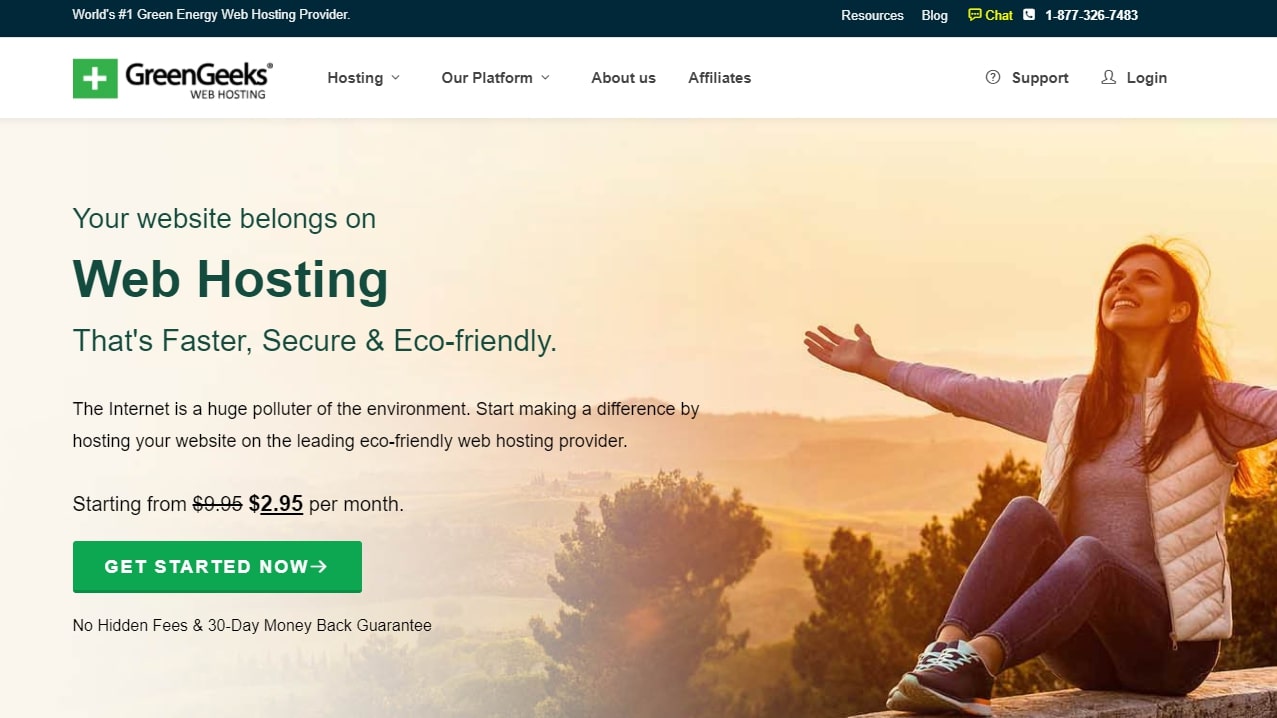
Creating a website and registering a domain are only part of the cost. The main regular ongoing cost of a website is usually the hosting. Web hosting is the act of storing the data that makes up your website. The code, text, images and video all have to be stored on a sever somewhere so that the site can be accessed over an internet connection anywhere in the world. If you opt to use a web builder (see above), the cost of hosting is usually included in the plan, but If you create your website yourself, either for free in a content management system like WordPress or by hiring a web designer to create a site for you, then you'll need to pay for hosting separately.
Technically, it is possible to host a very simple website on your own computer if you have a spare device you can leave on 24/7 and if can get a static IP from your internet provider. However, the process is a hassle and generally not a good idea for anyone without experience. You can also host a simple website on GitHub servers, but a name like "username.github.io/repository" doesn't look hugely professional.
For security, reliability and easy of use, hosting companies are the way to go. The cost will vary depending on the type of hosting you want. Small websites for artists and freelancer creatives are often on shared hosting because it's the cheapest and it does the job for small low-traffic sites.
With shared hosting, your site is stored on the same server as many other sites, which allows economies of scale. There are often discounts for the first year, which can take the monthly cost to as low as a under $2, but remember that the price will rise after the promotional period. Costs will generally range from between $3 and $20 per month. However, shared hosting might not allow enough bandwidth if you have a large and complex website with high traffic, and the fact that your site is on a single server can present a risk of down time if that server is down for some reason.
Another option is VPS hosting, which provides more bandwidth, potentially allowing your site to load more quickly. This often costs between $13 and $90 per month depending on the amount of bandwidth, RAM and storage.
The next option up is cloud hosting, which spreads your website data across different servers, usually around the world, increasing security and reducing the risk of your site being offline if a server is down. This is worth considering if you have a large art business and need to be sure that your site will be online at all times. The prices of cloud hosting vary hugely, from around $6 a month for 1GB of memory to thousands of dollars for enterprise-level solutions with huge memory and processing capabilities.
There is also dedicated and managed hosting, but this would be an unnecessary expense for most artist and freelance websites, starting at around $50 per month. See our dedicated guide to the best web hosting for freelancers to learn more.
Get the Creative Bloq Newsletter
Daily design news, reviews, how-tos and more, as picked by the editors.

Jon is a freelance writer and journalist who covers photography, art, technology, and the intersection of all three. When he's not scouting out news on the latest gadgets, he likes to play around with film cameras that were manufactured before he was born. To that end, he never goes anywhere without his Olympus XA2, loaded with a fresh roll of Kodak (Gold 200 is the best, since you asked). Jon is a regular contributor to Creative Bloq, and has also written for in Digital Camera World, Black + White Photography Magazine, Photomonitor, Outdoor Photography, Shortlist and probably a few others he's forgetting.
- Joe FoleyFreelance journalist and editor
